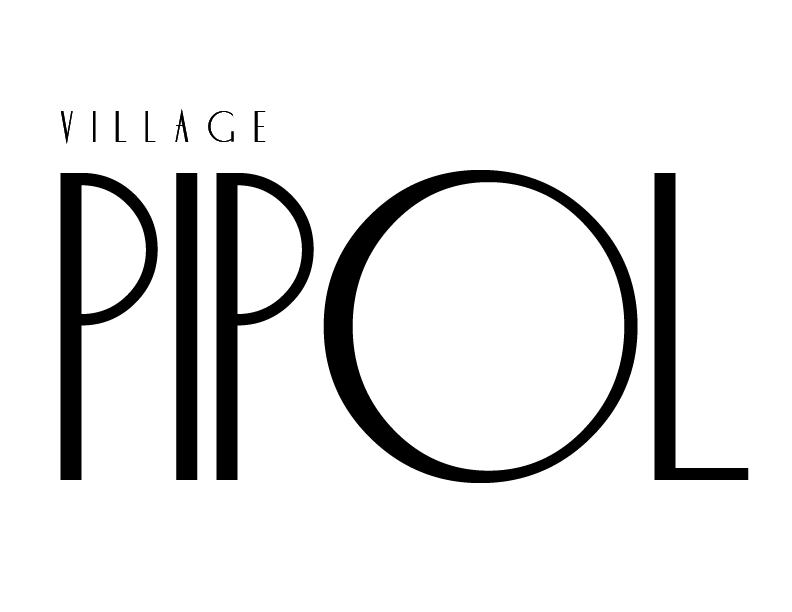Pads to Menstrual Cups: Why Switch?

In the Philippines, for some freaking reason, period or menstruation is still considered a taboo topic. Whenever someone is on their period and in need of pads, we would still wrap the pad with a handkerchief or sneakily put it in our pockets just so other people won’t see it. And, I never understood the reason behind it. I always regarded menstruation as a natural and biological process. Aside from that, I have always thought that pads were wasteful and cost a little too much. Most people who go through menstruation need two to three sanitary packs every month. However, the invention of menstrual cups has relieved this thought.

So, why should you switch from pads to menstrual cups?
Menstrual cups are budget-friendly.
Cups are made of silicon, meaning you would only need to buy them every once in a while. Unlike pads, menstrual cups could be used for up to ten years. Although, some manufacturers highly suggest changing them every year or whenever you like. Still, switching to cups means paying a one-time price, unlike pads and tampons which need to be continually bought every single time you get your period.
Menstrual cups are safer compared to pads and tampons.
Cups hold and collect the blood instead of absorbing it. Compared to pads and tampons which store the blood near the intimate area, cups are deemed safer. They also prevent the acquisition of toxic shock syndrome (TSS). Toxic shock syndrome or TSS is a rare but life-threatening condition caused by bacteria. Often associated with the use of tampons and pads, the bacteria that enter the body could release toxins and cause more complications. This condition, however, does not only affect women. It can occur in men and children.


Cups can contain more blood.
Generally, menstrual cups can hold around one to two ounces of blood. Meanwhile, experts have said that tampons can absorb only around 1/3 ounce. As for sanitary pads, a soaked pad can hold only about a teaspoon (0.2 oz or 5 ml) of menstrual flow. To be more clear, cups beat both tampons and pads in terms of the amount of blood they can hold. They can hold three (3) times more than what tampons and pads carry, according to the math. Based on this fact, cups can be worn for up to eight (8) hours. This makes a great solution for women experiencing heavy menstrual flow or those who have long days.
Cups are eco-friendly.
As I have mentioned before, menstrual cups are made of silicone. The silicone material is especially great as it allows the cups to be used for a long time. Because of that, women who switch to using cups do not need to continuously buy them every time they get their period. Sanitary products include tampons and pads, meaning women who use them have no choice but to consume them monthly. In this case, the invention of menstrual cups is especially helpful to the environment; as it prevents women from contributing more waste.


Cups don’t have toxins, perfumes, or bleaches but can ensure dryness.
Menstrual cups do not absorb blood. Therefore, it does not produce a dry feeling. Unlike pads and tampons which are usually infused with perfume, cups do not interfere with vaginal flora. Moreover, they also lessen the risk of bacteria and toxins entering the body because, again, they do not have perfume or bleaches. Being made with silicone, cups are hypoallergenic. They have no harmful additives that could harm the body.
Overall, switching from pads and tampons to cups may be challenging. It may even sound unorthodox to some but generally, cups are just so much more hygienic. Besides that, switching to cups reduces the problems that women face (on a monthly basis). Want to read more articles like this? Click here.
If Florence is not busy with her school works, then she is probably binge-watching TV series and films. She finds it easier to write with the help of playlists she curated. However, she is still looking for the balance between fiction writing and journalism. Because she likes both, she tries to do both even if their techniques and concepts could not be farther from each other.






